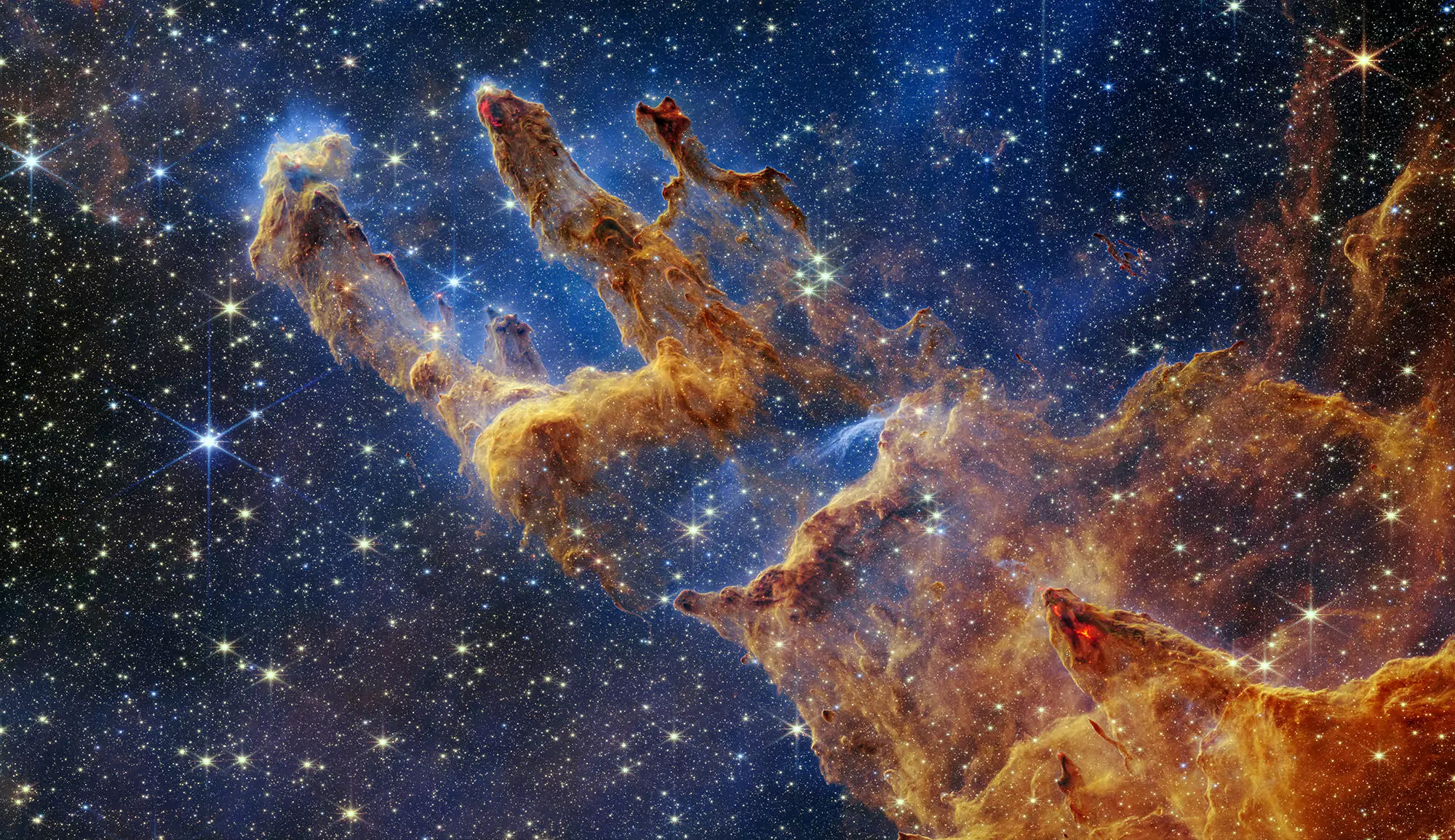It has long been calculated [Carter & Luminet, 1982, Nature 296, 211] that stars orbiting closely enough to massive black holes undergo such strong tidal forces that they are flattened into a transient « pancake » configuration before being torn apart. The strongest compressions trigger a thermonuclear explosion in the core of main-sequence stars that graze giant black holes lurking in galactic centers.
In a paper just published in Astronomy & Astrophysics, Matthieu Brassart and Jean-Pierre Luminet from the Observatoire de Paris-Meudon, France, carried out computer simulations on the fate of a solar-type star that penetrates deeply into the tidal radius of a 106 solar masses black hole (a typical situation in a galactic center, such as in our own Milky Way). They improved their previous hydrodynamical calculations by taking into account the full relativistic properties of space-time around the black hole. Indeed, modifications on the stellar orbit and on the tidal field significantly appear when the star approaches the black hole’s gravitational radius. Due to relativistic precession, a parabolic-type orbit must self-intersect and, when the crossing point is located within the tidal radius, the star is subjected to several successive squeezings. Such a star / black hole encounter is illustrated in Fig.1 for a penetration factor large enough for the star to come very close to the black hole surface and experience the space-time curvature. The stellar orbit winds up around the black hole within the tidal radius, which allows the tidal field to squeeze the star twice, before and after the passage at periastron.

In addition to the formation of hot stellar pancakes doomed to thermonuclear explosions, the tidal compressions give rise to a complex series of outgoing and ingoing shock waves which collide, interact and eventually propagate up to the stellar surface.
Tidally-induced high-energy bursts
The different shock waves actually lead to heat up three times the stellar surface (fig.2), each one droping off a temperature 109 K, in the regime of hard X or gamma-ray domains. Therefore, it appears that the prompt emission of tidally-induced high-energy bursts are intensified by the relativistic effects of multiple compressions.
Now, it is well known that some observed gamma-ray light curves present two or more peaks with complex structures. Some of them can be tentatively interpreted as tidally-induced pancake stars. Typical timescales for a star / black hole encounter along a relativistic self-crossing orbit are quite consistent with those of a short duration gamma-ray burst with two peaks of energy separated by a hundred of seconds, comparable to what has been observed e.g. in GRB 970815.

Conclusion
Tidally-induced gamma-ray bursts are estimated to occur once every 103-105 years per galaxy, depending on the nuclear stellar density profile and the mass of the central black hole. Such a rate can even be increased by a large factor in the case of a massive binary black hole. Since most of the galaxies — including our own Milky Way — harbour a central massive black hole, and since the full observable universe is transparent in X or gamma-ray domains, several events of this kind would be detectable each year.
